Jiangsu will focus on building 10 core exhibition parks of the Grand Canal National Cultural Park.
More distinctive and smoky streets, more vivid and interesting water conservancy remains, and more cool theme museums … … In the future, the Jiangsu section of the Grand Canal dedicated to creating a "beautiful central axis" will be more beautiful and interesting.

Recently, the Plan for the Construction and Protection of the Grand Canal National Cultural Park was issued. According to the plan, Jiangsu Province will focus on building 10 core exhibition parks of the Grand Canal National Cultural Park. Including: Longwang Temple Palace Core Exhibition Park, Banzha Site Core Exhibition Park, Qingkou Hub Core Exhibition Park, Yangzhou Ancient City Core Exhibition Park, Yaowan Core Exhibition Park, Xijindu — Xinhe Street Core Exhibition Park, Sanwan Core Exhibition Park, Qingguo Lane Core Exhibition Park, Suzhou Ancient City Core Exhibition Park and Wuxi Qingming Bridge Core Exhibition Park.
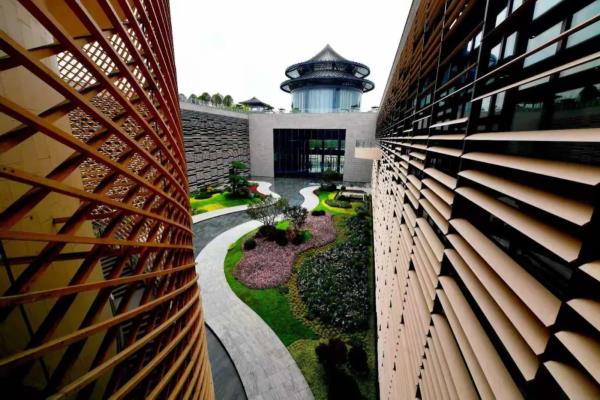
What are the highlights of these projects? How’s it going? Xiaobian interviewed several core exhibition parks and took everyone to "walk around" in advance.
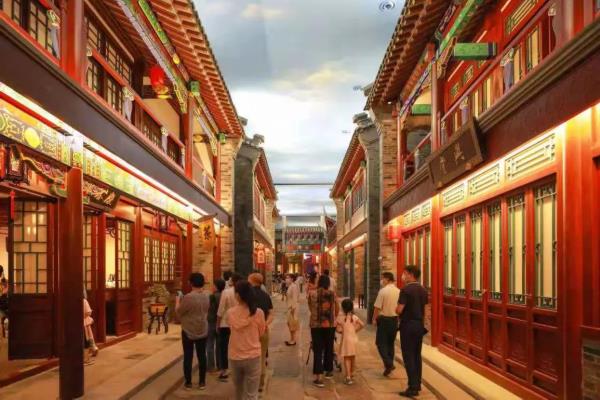
Yangzhou China Grand Canal Museum
Xijindu and Qingming Bridge … … These streets will be more fun to visit.
Along the Jiangsu section of the Grand Canal, there are many ancient streets of Gu Xiang. After years of elutriation, they still retain their ancient charm and reflect the local customs. A number of streets with a long history will be restored and protected, which will glow with new vitality and style, and will be more delicious and fun to visit in the future. Located in Xijindu Historic District of Zhenjiang, there are 12 cultural protection units with rich cultural resources, including ferry culture, commercial culture and architectural culture. According to the plan, Xijindu Club will further improve the tourist routes and cultural relics protection, and develop colorful night tours. The future Xijindu is destined to be more prosperous and colorful.
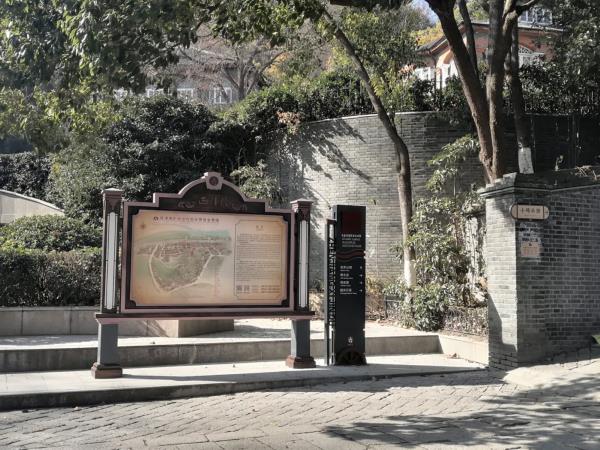
xijin ferry
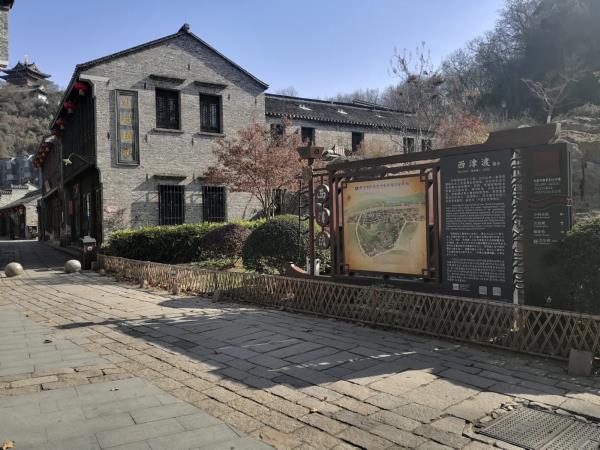
xijin ferry
Can you not remember Jiangnan, and people will do their best to pillow the river. Wuxi, which is known as the "out-of-print land of the canal, a water alley in the south of the Yangtze River", is rich in canal remains. A Qingming Bridge in the Wanli period of the Ming Dynasty attracted tourists to take photos and "punch in". The core exhibition garden of Qingming Bridge covers an area of 2.03 square kilometers, where Bodu Port and the ancient canal meet, and there are rows of canals. At present, the renovation project of Qingming Bridge’s historical and cultural block is progressing in an orderly manner, including building restoration and river bank regulation. In the future, it will be more comfortable to visit Qingming Bridge.
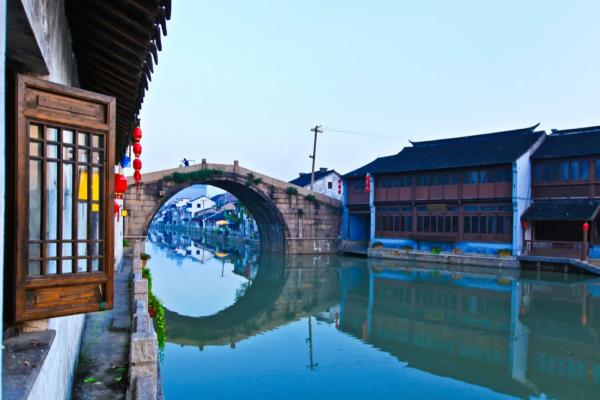
Qingming bridge
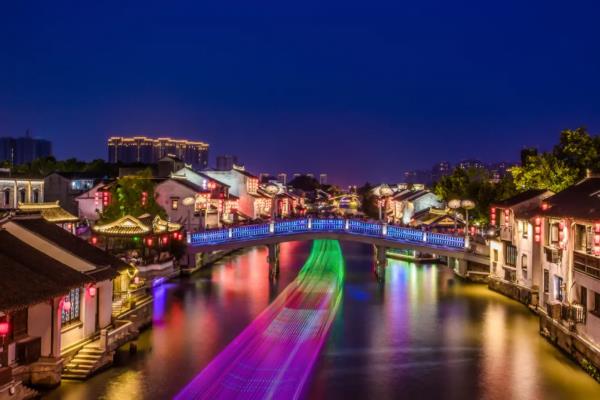
Qingming bridge
Qingkou Hub and Banzha Site … … These water conservancy relics show you the ancient water transport culture.
Throughout the ages, the Grand Canal has witnessed the rise and fall of water transport culture. As time goes by, those water conservancy sites still stand, telling the long past. Qingkou Hub Heritage Area is mainly located in Matou Town, Huaiyin District, Huai ‘an City, where the Yellow River, Huaihe River and Canal met during the Ming and Qing Dynasties. During the reign of Qing Kang Gan, a water control project was formed here, which ensured the smooth transportation of water. At present, the construction of related cultural, tourism supporting and public services facilities, including tourist distribution centers and cultural facilities, is progressing in an orderly manner, and the future Qingkou hub will be more comfortable.
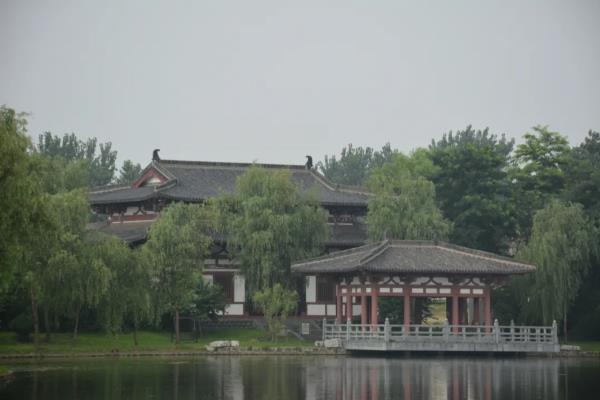
A corner of the landscape of Qingkou hub heritage area
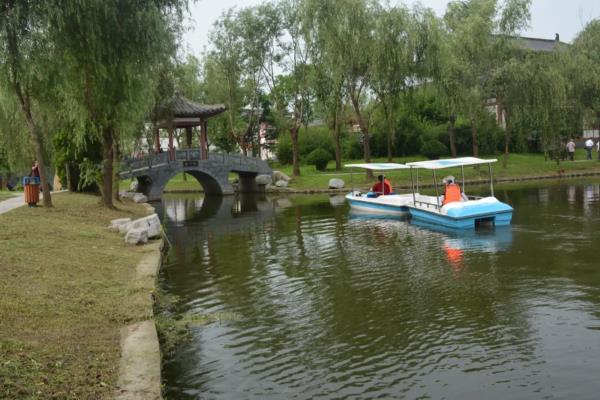
A corner of the landscape of Qingkou hub heritage area
The Banzha site in Huai ‘an is a Ming Dynasty sluice site, which has been protected under the soil layer before. Its main body consists of three parts: Banzha gate site, river site and Ming and Qing dynasty house site. At present, Banzha Ruins Park is under construction, and the main basement of the exhibition hall and the restoration of river supporting piles have started construction, striving to complete the opening of the park in July 2022. At that time, the audience can see the true content of the ancient Banzha site through the clear canal water.
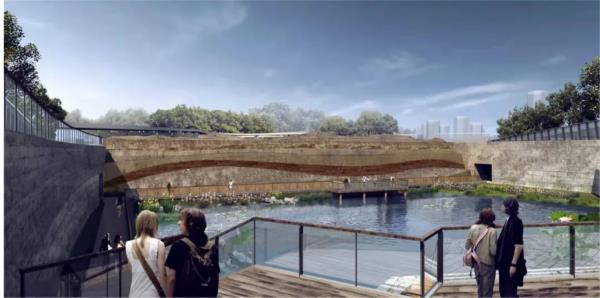
Banzha Ruins Park renderings
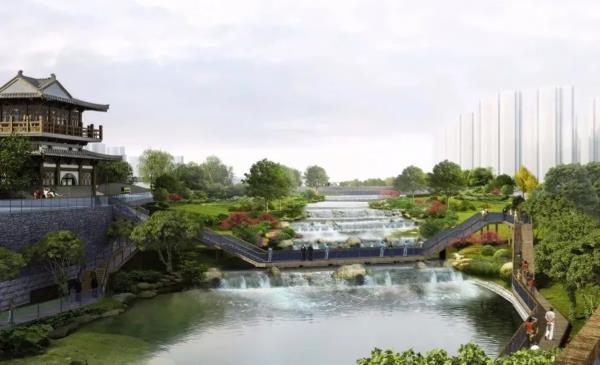
Banzha Ruins Park renderings
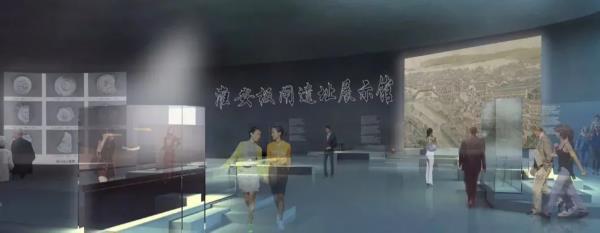
Banzha Ruins Park renderings
Grand Canal Intangible Cultural Park, China Hydraulic Science and Technology Museum & HELIP; … More cool cultural venues are waiting for you.
Along the Jiangsu section of the Grand Canal, there is not only antique, but also unexpected coolness and tide. A number of brand-new cultural and sports venues with the theme of the Grand Canal will appear before our eyes. The China Hydraulic Science and Technology Museum, which has attracted much attention, is the first science and technology museum with the theme of "hydraulic engineering" in China. It widely absorbs the cultural connotations of China’s hydraulic engineering and traditional painting, and focuses on the hydraulic engineering culture and canal culture with Huai ‘an characteristics. With the concept of "a thousand boats leave the sluice and the canal sails", the project shows the hydraulic culture in multiple dimensions by means of immersive experience, sound and photoelectric display. At present, China Hydraulic Science and Technology Museum has preliminarily determined the overall scheme of conceptual design, the architectural design scheme has been approved, and the pile test has been completed.

Renderings of China Hydraulic Science and Technology Museum
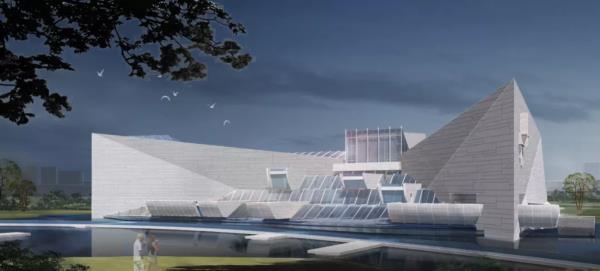
Renderings of China Hydraulic Science and Technology Museum
Three Bay Core Exhibition Park in Yangzhou — — The Grand Canal Intangible Cultural Park project, with a planned land area of about 90 mu and a total construction area of 22,000 square meters, mainly includes: intangible cultural performances, intangible master studios, intangible cultural experiences, cultural and creative products retail and commercial projects. The park also incorporates a variety of Tang Wenhua elements, and visitors can take a "crossing" tour of the Tang Dynasty. At present, the first phase of the Grand Canal Intangible Cultural Park has been basically completed.
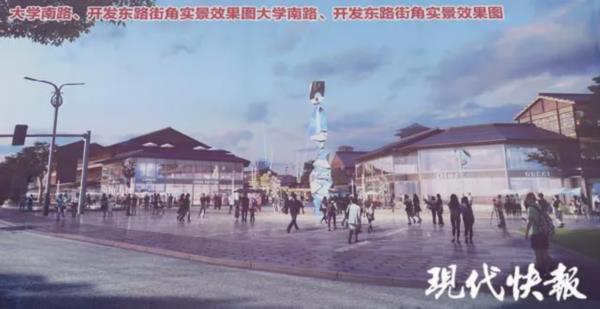
Rendering of the Grand Canal Intangible Cultural Park
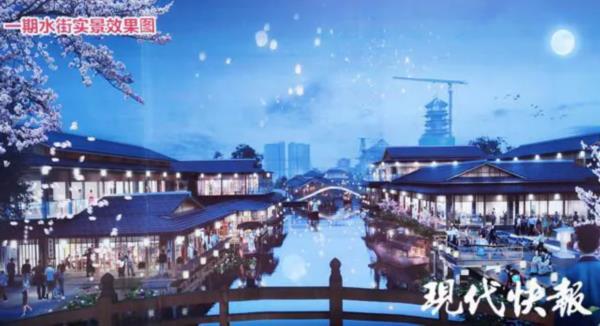
Rendering of the Grand Canal Intangible Cultural Park
In Jiangsu, the canal has become a part of a better life. Walking along the Jiangsu section of the 790-kilometer canal, the urban and rural elegance and the scenery of the canal complement each other, and its inherent cultural power has become a bright color in people’s spiritual map. A "beautiful central axis" with clear water, green shore, beautiful scenery and Wenchang is rising.